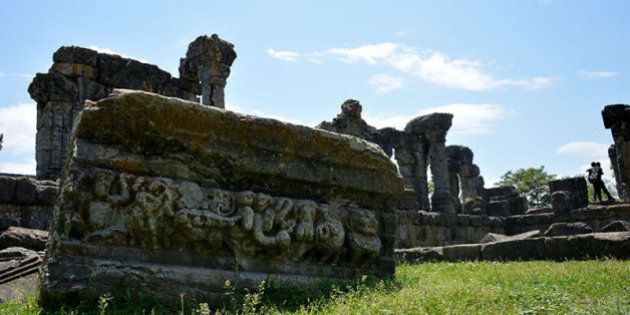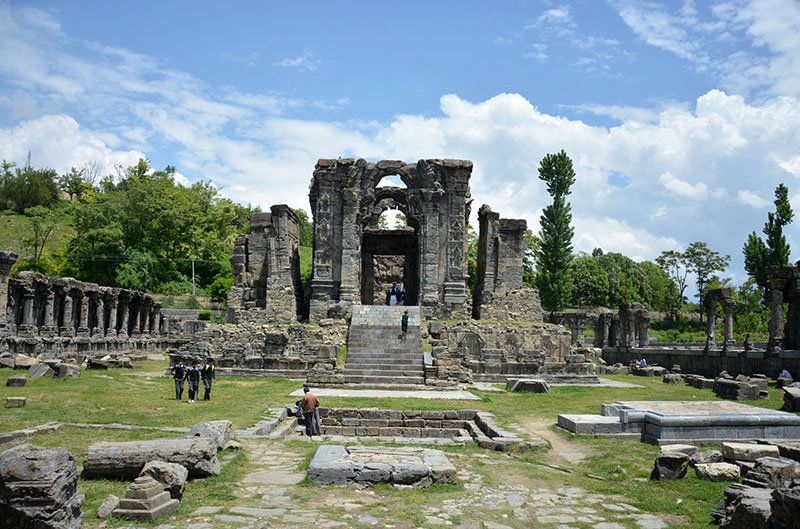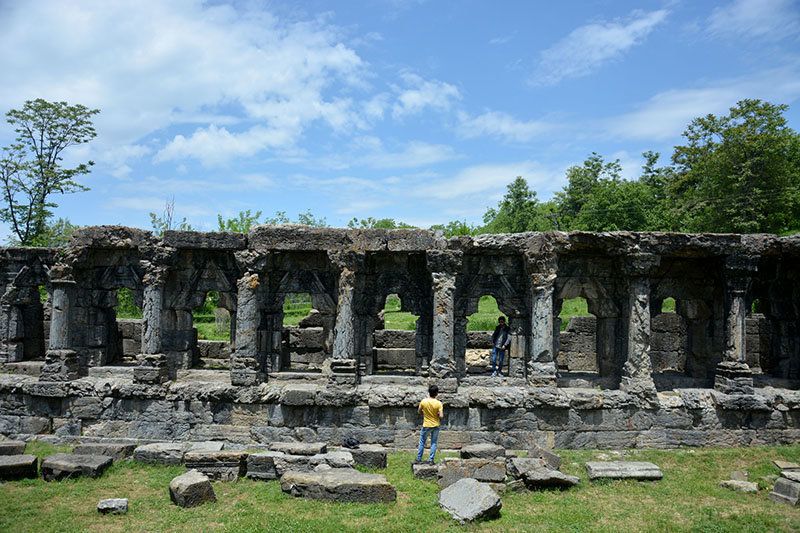Martand Sun Temple: Obscured By Neglect
Built in the 8th century, the Martand Sun Temple should be a marvellous testament to the architectural achievements of Kashmir's ancient Karkota Dynasty. Instead it lies forgotten and in shambles 8km from Anantnag in south Kashmir.
Built
in the 8th century, the Martand Sun Temple should be a marvellous
testament to the architectural achievements of Kashmir's ancient Karkota
Dynasty. Instead it lies forgotten and in shambles 8km from Anantnag in
south Kashmir.
According to the Tareekh-e-Hassan (The Oldest History of Kashmir) there was a city named Babul in the Karewas of south Kashmir built by Raja Ranadatiya. In front of his royal palace he built Martandeshwari temple around 370 t0 400 C.E; this temple it is believed was completed by Lalitadatiya Muktapida and was dedicated to Surya Bhagwan. Within a year the temple was the temple is now in ruins. Much of the temple was destroyed by Islamic ruler Sikandar Butshikan in the early 15th century, and it has stood in ruins ever since.
Of course, it's not as if the right noises haven't been made. The government has made some half-hearted attempts to develop the site, with facilities for tourists, but it isn't nearly enough. The department of archaeology is responsible for the temple today, but nothing has been done to develop the destination as a place of pilgrimage.
According to the Tareekh-e-Hassan (The Oldest History of Kashmir) there was a city named Babul in the Karewas of south Kashmir built by Raja Ranadatiya. In front of his royal palace he built Martandeshwari temple around 370 t0 400 C.E; this temple it is believed was completed by Lalitadatiya Muktapida and was dedicated to Surya Bhagwan. Within a year the temple was the temple is now in ruins. Much of the temple was destroyed by Islamic ruler Sikandar Butshikan in the early 15th century, and it has stood in ruins ever since.
Of course, it's not as if the right noises haven't been made. The government has made some half-hearted attempts to develop the site, with facilities for tourists, but it isn't nearly enough. The department of archaeology is responsible for the temple today, but nothing has been done to develop the destination as a place of pilgrimage.
A handful of schoolchildren saunter amid the neglected and unprotected temple ruins.



No comments:
Post a Comment